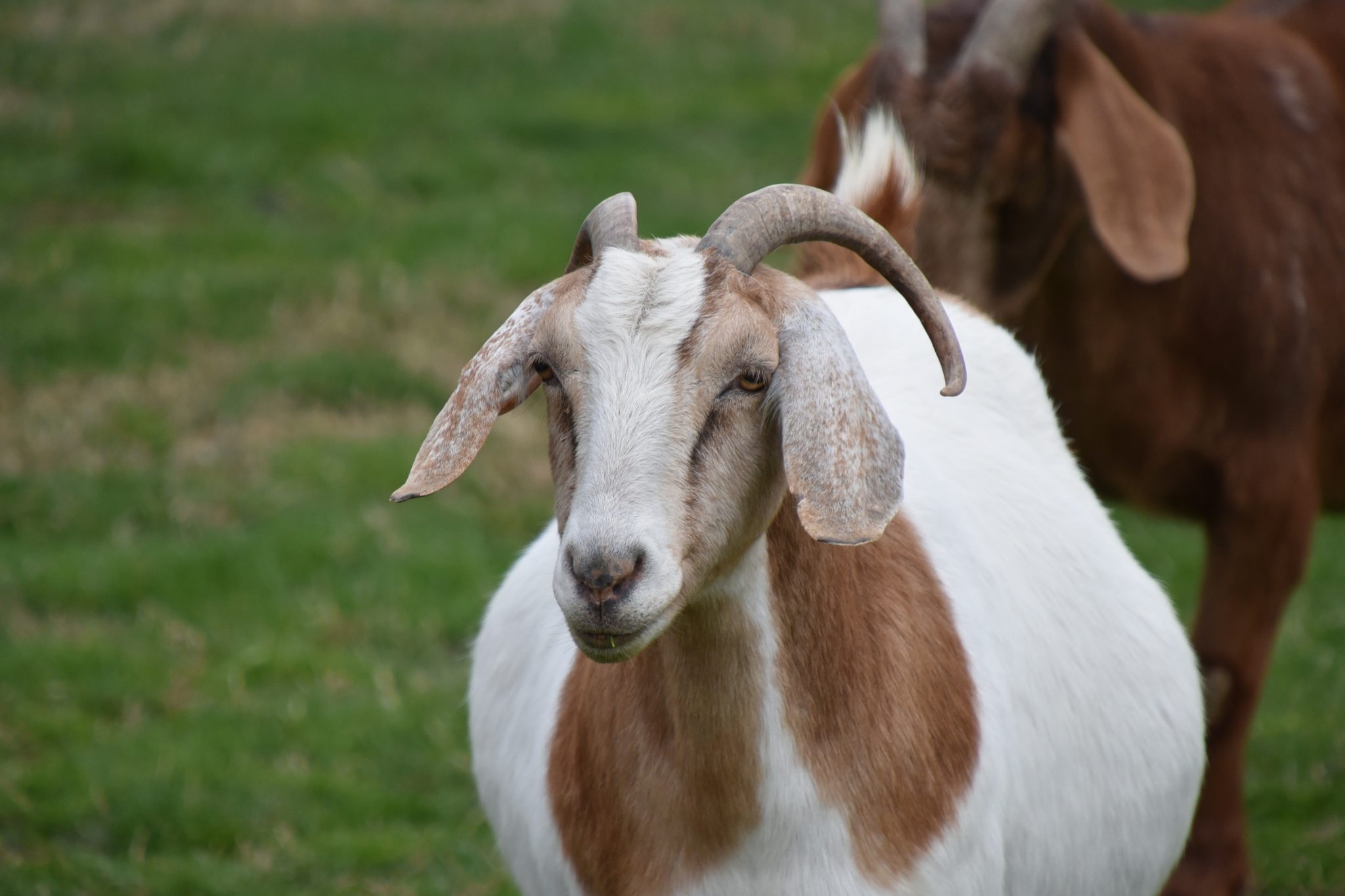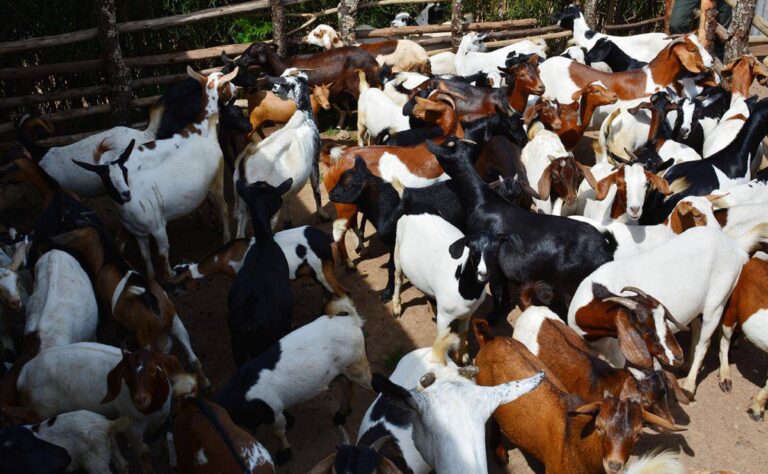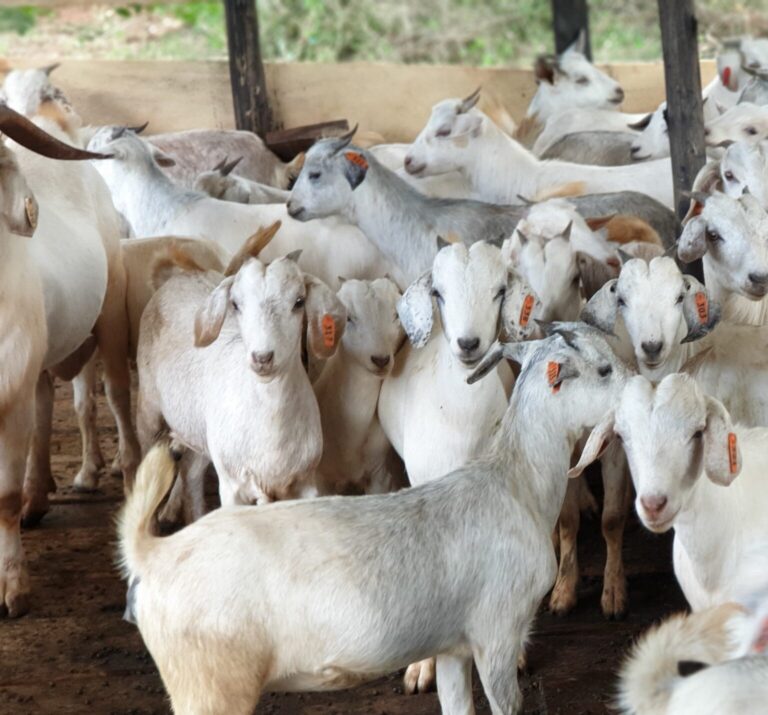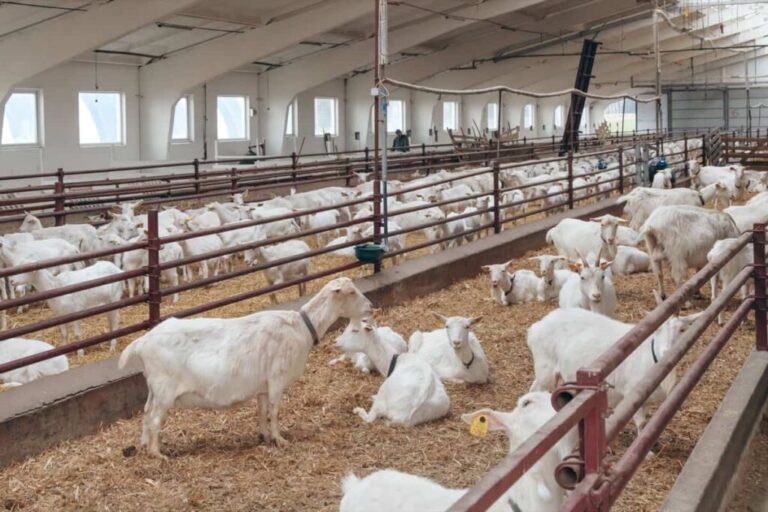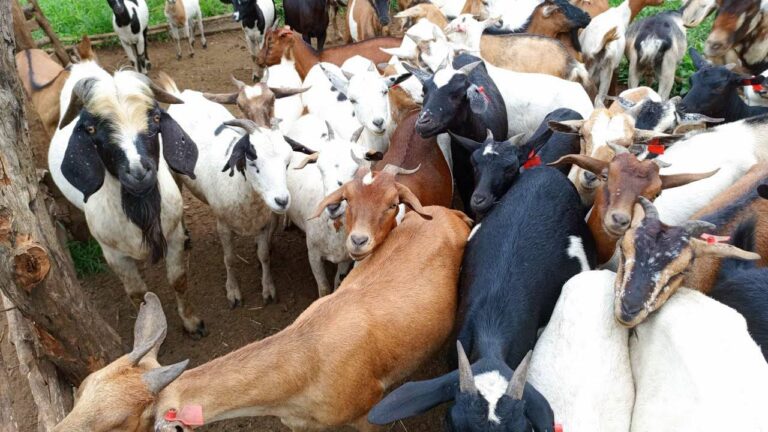Breeding is at the heart of profitable goat farming, but it is not always a straightforward process.
Many goat farmers face breeding challenges that reduce fertility, limit herd productivity, and cause financial losses. These problems may arise from poor management, nutritional deficiencies, genetic limitations, or health-related factors.
Understanding the common breeding problems in goats and learning how to solve them is essential for maintaining a healthy, fertile herd. In this guide, we’ll explore the major reproductive challenges in goats and provide practical solutions grounded in real farming scenarios and supported by veterinary and livestock science.
Poor Heat Detection
One of the most frequent issues in goat breeding is failure to detect heat (estrus) in does. Heat signs may be subtle, especially in some breeds, making it easy for farmers to miss the right breeding window. Does in heat often exhibit restlessness, frequent bleating, tail wagging, swollen vulva, and clear vaginal discharge. When heat is not detected, mating does not occur at the optimal time, leading to low conception rates.
Solution: Farmers should monitor does closely during the breeding season, typically every 12 hours in the early morning and late evening when signs are most visible. Using a teaser buck (a vasectomized male) can help detect heat more reliably. Record-keeping also plays a role; knowing each doe’s average cycle length (18–21 days) allows farmers to anticipate when she is due for estrus.
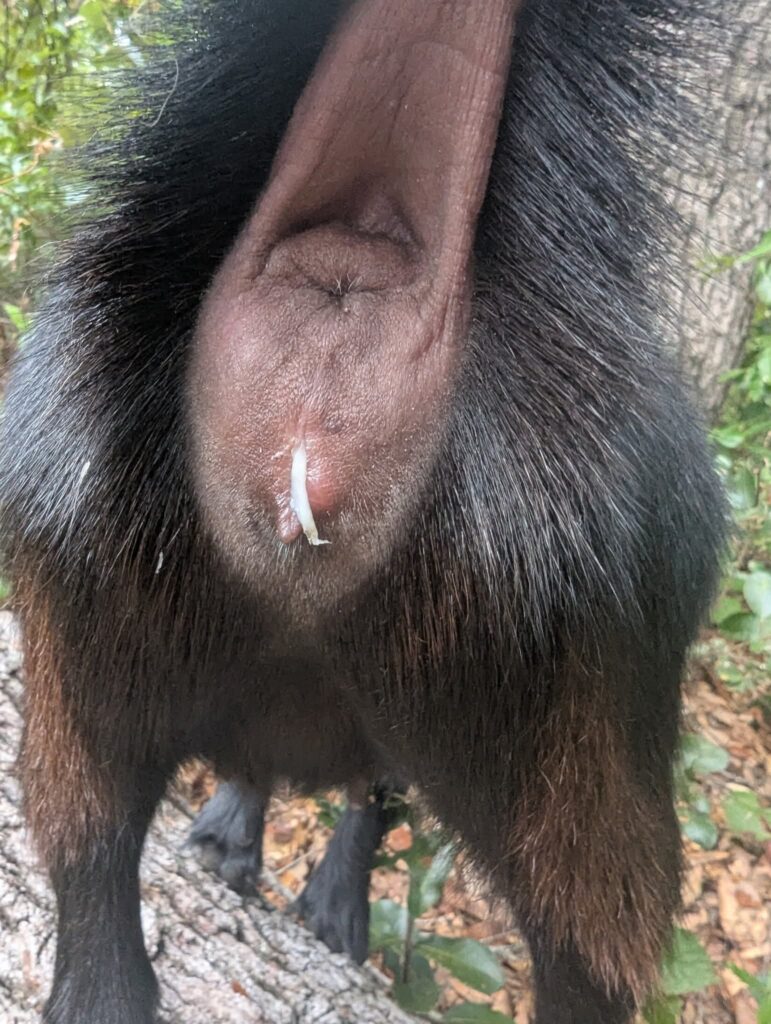
Infertility in Bucks
A common problem on many goat farms is low fertility or infertility in bucks, which can severely affect the herd’s conception rate. Causes include poor nutrition, testicular infections, injuries, excessive age, and genetic defects. Heat stress, particularly in tropical regions, can also reduce semen quality. Farmers sometimes overlook the buck’s role, focusing only on the does.
Solution: Bucks should undergo routine breeding soundness examinations, including semen evaluation, scrotal circumference measurement, and physical health checks. Providing balanced nutrition rich in energy, protein, and trace minerals like zinc and selenium supports reproductive health. Farmers should avoid overworking a single buck; ideally, one mature buck should service about 25–30 does in a breeding season.
Nutritional Deficiencies
Nutrition plays a critical role in goat fertility. Deficiencies in energy, protein, vitamins, and minerals often lead to poor heat expression, low conception rates, weak kids, and longer kidding intervals. Calcium, phosphorus, selenium, and vitamin E are especially important for reproductive performance. Underfed does may fail to cycle regularly, while overfed does may experience reproductive disorders such as dystocia (difficult kidding).
Solution: Farmers should provide a balanced diet that includes quality forage, supplementary concentrates, and mineral licks. Flushing (feeding does extra energy-rich feed two to three weeks before mating) is a proven strategy to enhance ovulation rates and increase the chances of twins or triplets. Clean water availability is equally essential, as dehydration reduces feed intake and fertility.
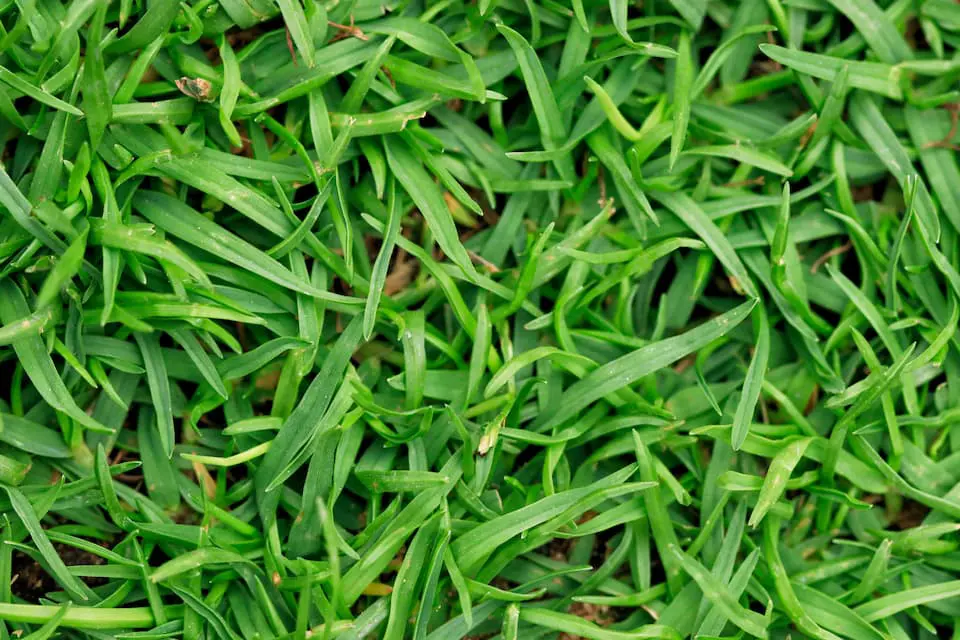
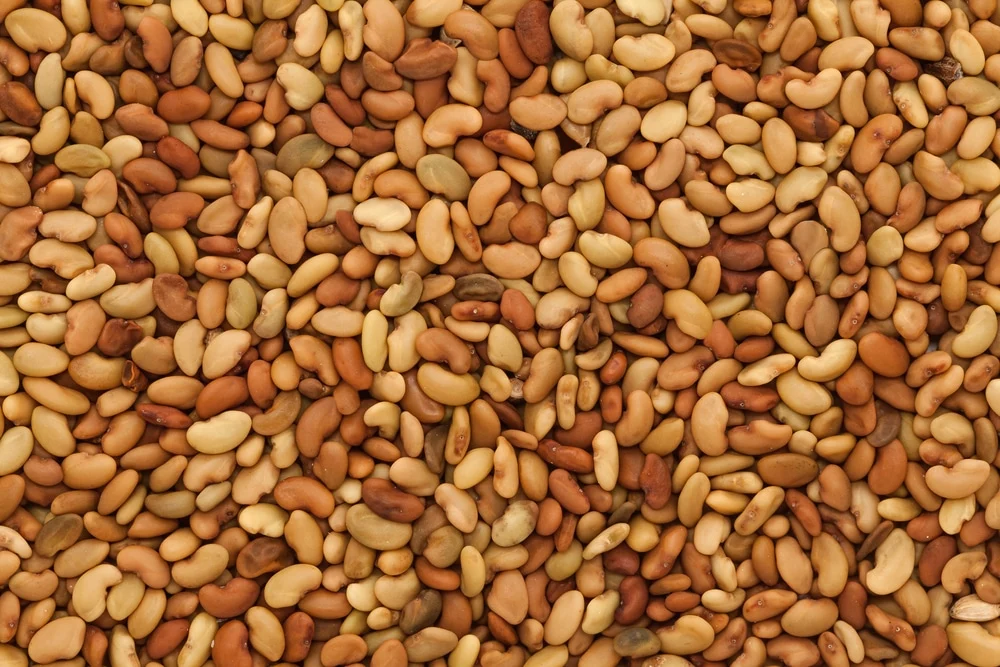
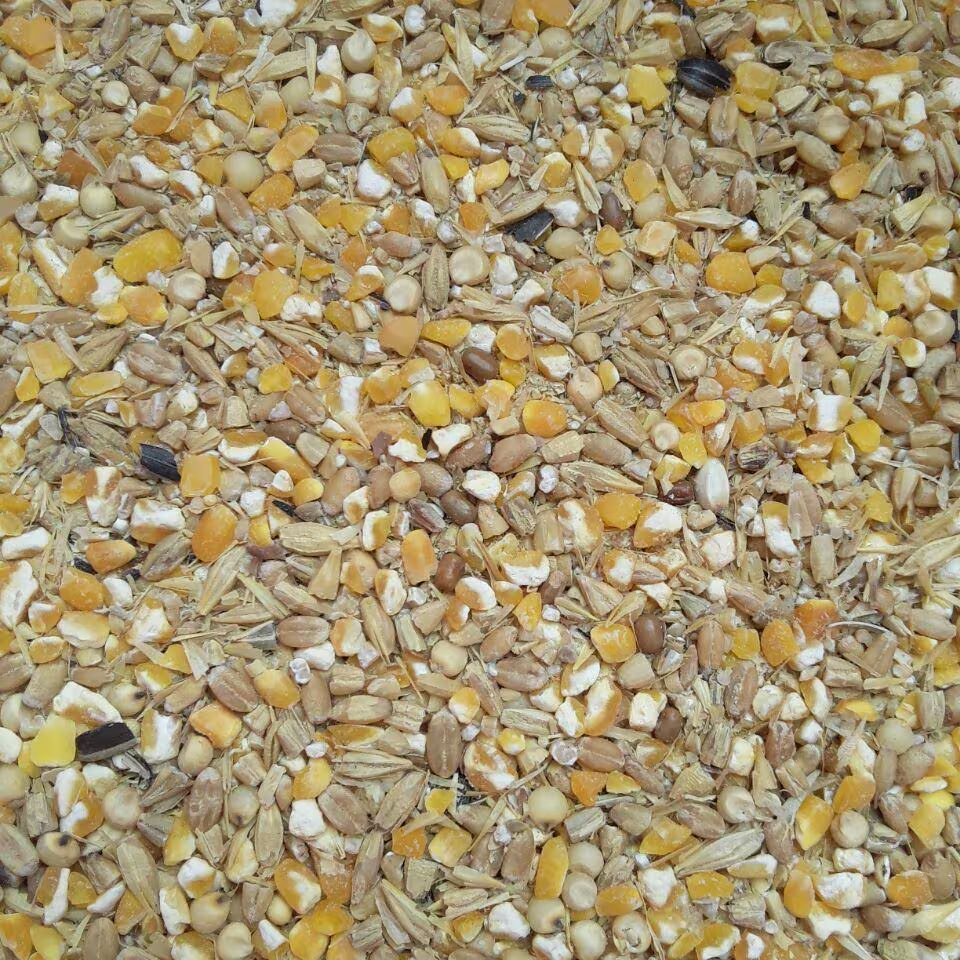
Repeat Breeding (Failure to Conceive)
Some does may come into heat repeatedly without becoming pregnant. This repeat breeding problem can result from poor timing of mating, infections in the reproductive tract, or infertility in the buck. It is frustrating for farmers, as it delays kidding and reduces herd productivity.
Solution: Farmers should consult a veterinarian to diagnose possible infections such as uterine infections (metritis). Heat detection should be improved to ensure mating coincides with ovulation. In cases where bucks are suspected, semen testing or switching to a proven fertile buck is advisable. Artificial insemination with semen from a certified source can also solve repeat breeding problems.
Abortion and Pregnancy Loss
Abortions are a major breeding problem in goats and can occur at any stage of pregnancy. Causes include infectious diseases such as brucellosis, chlamydiosis, toxoplasmosis, and listeriosis, as well as nutritional deficiencies or environmental stress. Abortions not only cause direct kid losses but also threaten the health of the entire herd if the cause is contagious.
Solution: Strict biosecurity measures should be applied to prevent disease introduction. Pregnant does should be housed in clean, stress-free environments with proper ventilation. Vaccination against abortion-causing diseases, where available, should be part of herd health programs. Suspected cases must be reported to a veterinarian for proper diagnosis and treatment. Disinfecting kidding pens and safely disposing of aborted materials reduce the spread of pathogens.
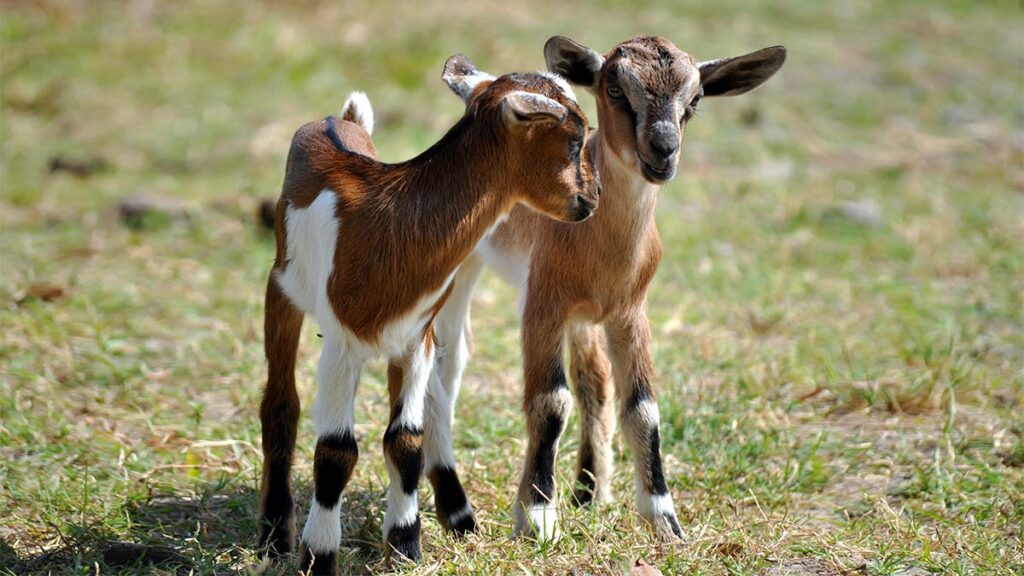
Dystocia (Difficult Kidding)
Another challenge in goat breeding is dystocia, or difficult delivery, which often arises from oversized kids, poor doe pelvic conformation, or malpresentation of the kid during birth. It can lead to the death of the kid, the doe, or both if not handled promptly. Dystocia is more common in first-time mothers (primiparous does) and in overfed does carrying large singletons.
Solution: Farmers should learn to recognize early signs of kidding difficulties, such as prolonged straining without delivery. Veterinary assistance should be sought immediately when kidding appears abnormal. Selective breeding to avoid excessively large kids and maintaining proper body condition in does can reduce dystocia risk.
Inbreeding Problems
Uncontrolled breeding within small herds often leads to inbreeding, which results in reduced fertility, weak kids, higher mortality, and increased susceptibility to diseases. Inbreeding depression is a common issue in traditional goat farming systems where related animals are mated repeatedly.
Solution: Farmers should introduce new bloodlines regularly by purchasing breeding stock from reputable sources or through artificial insemination. Keeping pedigree records prevents accidental mating of closely related animals. Cooperative breeding programs within farming communities can also help reduce inbreeding risks.
Seasonal Breeding Challenges
Some goat breeds, particularly dairy breeds like Saanen and Alpine, are seasonal breeders that only cycle during specific times of the year (usually in autumn). This can limit kidding frequency and reduce milk supply throughout the year. Farmers aiming for continuous production may find this challenging.
Solution: Strategies to overcome seasonality include using breeds with less pronounced seasonality (such as Boer or Nubian goats) or applying hormonal treatments under veterinary guidance to induce estrus out of season. Photoperiod manipulation (artificial lighting to mimic shorter days) is another technique used in advanced goat farms.
Parasitism and Reproductive Health
Heavy parasite burdens, especially gastrointestinal worms, sap nutrients from does and bucks, reducing fertility and kid survival rates. In some cases, parasites can cause abortion or weaken kids at birth. Parasitism is a widespread issue in tropical and subtropical goat farming systems.
Solution: Integrated parasite management—including rotational grazing, proper deworming schedules, and maintaining clean housing—is essential. Breeding for parasite-resistant goats, such as crossing local hardy breeds with exotic ones, also reduces long-term risks.
Wrapping Up
Breeding problems in goats are common but solvable with good management, sound nutrition, and proper veterinary guidance. From heat detection failures and infertility to abortion and inbreeding, each challenge requires timely intervention and long-term preventive strategies.
Farmers who prioritize record-keeping, balanced feeding, and health monitoring will not only reduce breeding failures but also improve overall herd productivity.
As demand for goat products continues to rise globally, addressing these breeding problems is central to building sustainable and profitable goat farming enterprises.
Related:

